Did you know that most of the pumpkins we see these days are cultivated for carving and not for eating?
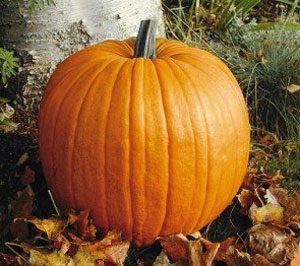
Connecticut Field Pumpkin image from website
Most of us are familiar with the large pumpkins primarily used for carving that are commonly found in the stores around this time of year. These pumpkins are either Connecticut Field Pumpkins or Howdens and both weigh in between 10 and 20 pounds. The Connecticut Field Pumpkin is actually an heirloom pumpkin of the Native American Indians and colonists and is the perfect image of a pumpkin as we know them. Their taste is more plain and bland, not sweet, and their texture is stringy and somewhat watery for pie. They have thin walls, a large seed pocket, and relatively small proportion of flesh compared to the size.
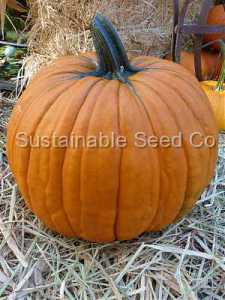
Howden Pumpkin image from website
Howdens were developed in the 1970s by of John Howden of Massachusetts for the primary purpose of carving. They are actually very similar to the Connecticut Field pumpkin but have more uniform ridges, a thicker wall and sturdy stem. These are the pumpkins primarily found at supermarkets and roadside farm stands. They were developed primarily for look and suitability for carving. Since the 1970s these are the pumpkins that we have come to more commonly know. Oftentimes these pumpkins are cooked and the resulting dish is disappointing as these pumpkins were developed for looks and carving as opposed to taste.
One of the better pumpkins for cooking is the sugar pumpkin oftentimes referred to as the pie pumpkin. This pumpkin is a cousin of the Connecticut Field pumpkin but smaller as can been seen in the picture above. These pumpkins have a thicker wall and are sweeter and drier than the carving pumpkins and are less grainy. One pumpkin will typically yield the amount of puree as a 15-16 oz. of canned puree.
Have you ever tried cooking a carving pumpkin and been disappointed?
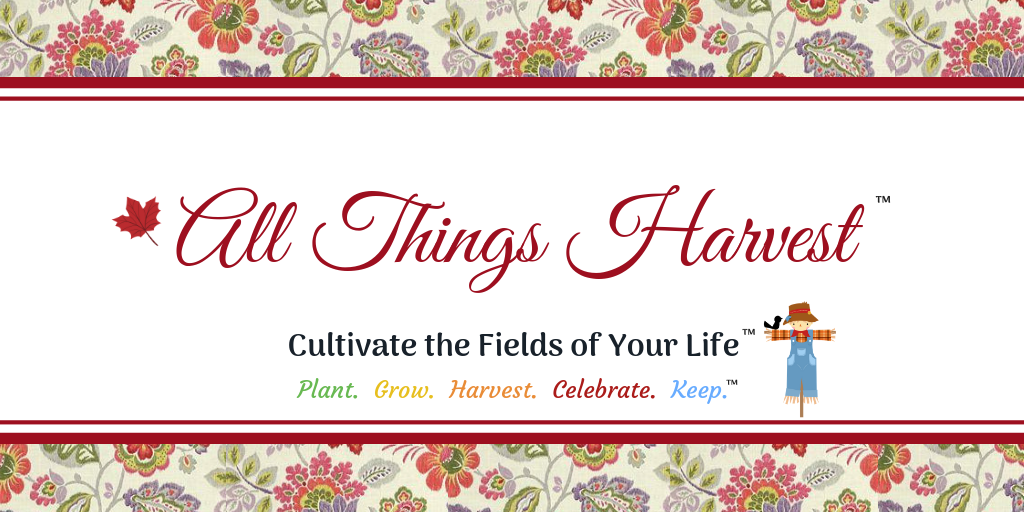
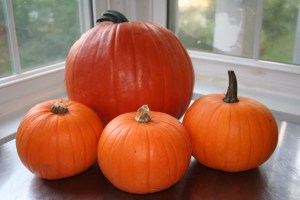


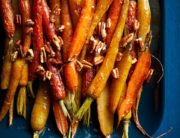
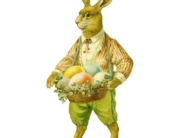

















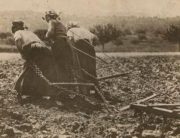
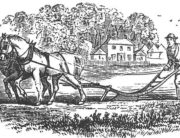








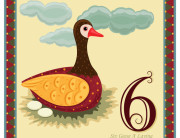


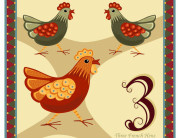





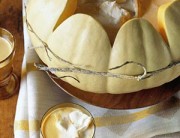





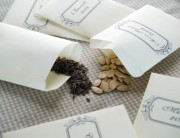

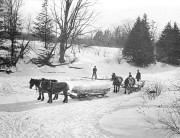















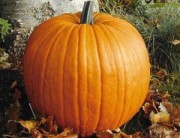
Let’s Connect
Facebook
Twitter
Google +1
LinkedIn